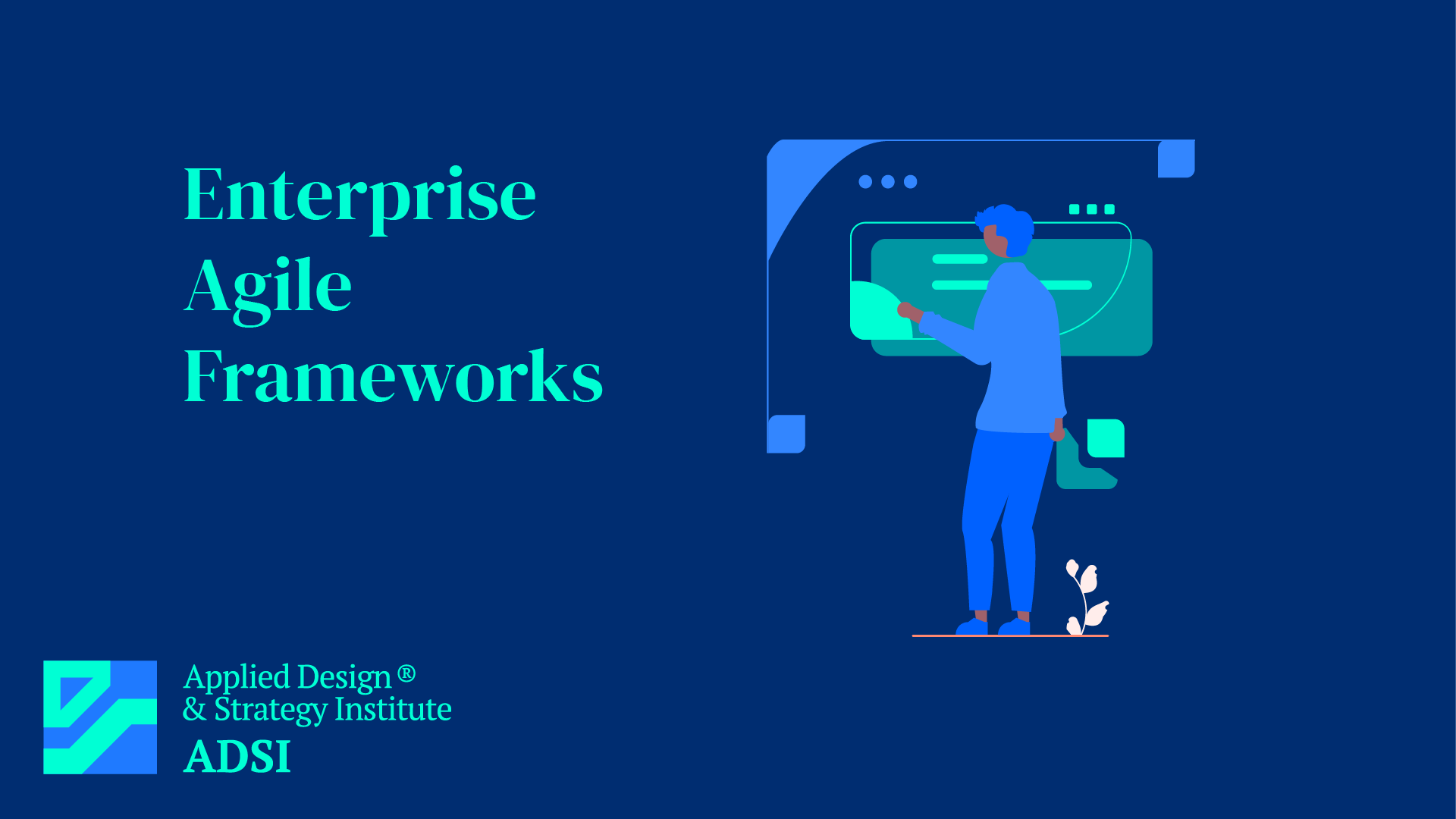Enterprise Agile Frameworks
Introduction to Enterprise Agile Frameworks
Enterprise Agile Frameworks are methodologies designed to apply Agile principles and practices at an organizational level. Unlike traditional Agile approaches, which are typically applied to small, co-located teams, Enterprise Agile Frameworks aim to scale Agile to larger, more complex environments involving multiple teams, departments, and even entire organizations.
Key Frameworks in Enterprise Agility
- Scaled Agile Framework (SAFe): SAFe is one of the most popular frameworks for scaling Agile across the enterprise. It provides a structured approach for aligning strategy with execution, promoting collaboration across teams, and maintaining Agile principles at scale. SAFe incorporates elements of Lean and systems thinking and addresses the entire organization, from team-level practices to executive decision-making.
- Large Scale Scrum (LeSS): LeSS extends Scrum principles to large-scale operations, focusing on simplifying and de-scaling organizational complexity. It emphasizes empirical process control, lean thinking, and delivering customer value, advocating for minimal organizational structure to maximize flexibility and responsiveness.
- Disciplined Agile Delivery (DAD): DAD is a hybrid Agile framework that combines elements from Scrum, Lean, and other Agile methodologies. It provides a comprehensive guide for complex, enterprise-level projects and allows for more flexibility and tailoring to the organization’s unique needs.
Benefits of Enterprise Agile Frameworks
- Improved Efficiency: These frameworks help streamline processes, reduce waste, and increase productivity.
- Better Quality: Continuous integration and testing lead to higher quality products.
- Faster Time-to-Market: Agile methodologies facilitate quicker responses to market changes and faster product releases.
- Enhanced Collaboration: They promote collaboration across different teams and departments, ensuring alignment of goals and strategies.
Challenges and Considerations
- Implementation Complexity: Adopting an Agile framework at an enterprise level can be complex and challenging, requiring significant cultural and organizational changes.
- Need for Flexibility: Organizations must be willing to adapt and tailor the chosen framework to their specific needs and context.
- Continuous Improvement: Enterprise Agile requires a commitment to continuous learning and improvement.
Conclusion
Enterprise Agile Frameworks are essential tools for organizations seeking to implement Agile principles at a larger scale. By choosing and adapting the right framework, enterprises can achieve greater agility, faster delivery, improved quality, and enhanced collaboration, all of which are crucial in today’s fast-paced business environment.



Leave a Reply